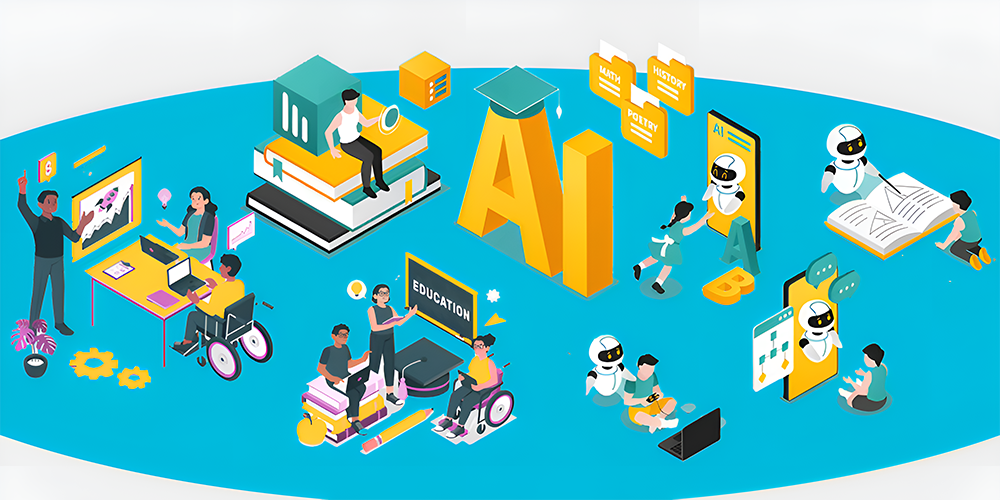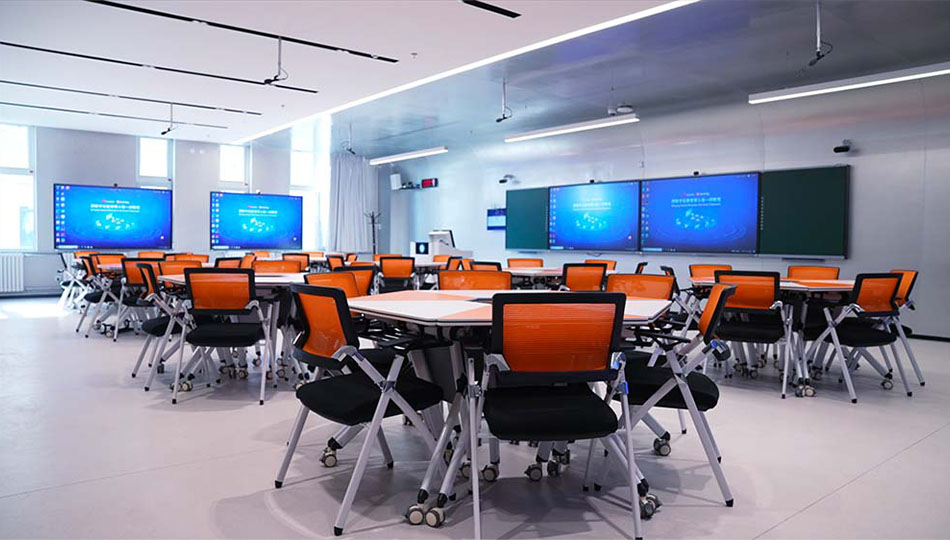Empower Learning with Special Needs AI Tools
Every child deserves a chance to learn in their own way. Special needs AI tools make this possible by adjusting content to fit each learner’s pace and ability. These tools are now making classrooms smarter, more inclusive, and more supportive for differently-abled students. Platforms like Verified Campus help schools adopt such technologies with ease, ensuring no learner is left behind. With Verified Campus by their side, schools can truly empower every student’s unique journey. What Are Special Needs AI Tools? Special needs AI tools are digital tools powered by artificial intelligence that support students who have learning disabilities, hearing or vision impairments, speech challenges, autism, ADHD, or other physical or developmental needs. These tools are designed to help students learn at their own pace and in their own way. Some examples of these tools include: Text-to-speech and speech-to-text software AI-powered hearing aids and captioning tools Personalised learning apps for students with autism or ADHD Smart communication devices for non-verbal learners By using these tools, students can engage with lessons, communicate with teachers and classmates, and build confidence in their abilities. Why Special Needs AI Tools Matter in Education In many traditional classrooms, students with special needs often feel left out or struggle to keep up. Teachers may not always have the time or resources to give each student the attention they need. Special needs AI tools fill this gap by offering personalized support. For example, a speech-based AI tool can help a child with a stutter express their thoughts clearly. An adaptive reading app can adjust the text size and difficulty for a student with dyslexia. These tools can break down the barriers that hold students back and allow them to succeed. Moreover, special needs AI tools help teachers too. By analysing data from student interactions, these tools can suggest the best ways to support individual learners. This makes teaching more effective and focused. How Special Needs AI Tools Create Inclusive Classrooms Inclusion means making sure every student feels like they belong in the classroom. This is especially important for children with special needs. Special needs AI tools support inclusion by allowing these students to learn alongside their peers without feeling left behind. For instance, a tablet with a voice output feature can help a non-verbal student participate in a class discussion. Captioning tools can help a student with hearing loss follow along with a video. These tools ensure that all students get equal access to information. Many schools are now setting up special learning centres equipped with special needs AI tools. These spaces are quiet, supportive, and equipped with everything students need to thrive. Teachers receive training on how to use the tools effectively, and students feel empowered to take charge of their own learning. The Power of Personalisation in Special Needs AI Tools No two students are exactly alike. One of the best features of special needs AI tools is their ability to adapt to each learner. These tools collect data over time and learn what works best for each student. If a student learns better through videos than reading, the AI tool can recommend video-based lessons. If another student struggles with attention, the tool can provide short, engaging activities to keep them focused. This kind of personalised learning is changing how education works for everyone, not just students with special needs. Adaptive tools are also being used to design personalised learning plans. These plans are created based on a student’s strengths, interests, and challenges. With this kind of support, students are more motivated and confident in their learning journey. Technology That Speaks and Listens Communication is one of the biggest challenges faced by students with special needs. Special needs AI tools are helping overcome this issue through speech recognition and voice interaction. These tools can understand what a student says and respond in a way that helps them continue learning. Speech-based AI tools are now being used in many classrooms. They can turn spoken words into text or read out text for students who cannot read. Some tools even allow students to control devices or apps using just their voice. This level of interaction not only supports classroom communication but also boosts the student’s independence and self-esteem. Making Learning Fun and Engaging Learning doesn’t have to be boring—especially when it involves technology. Special needs AI tools make learning more fun with games, animations, and rewards. For example, a math app might use characters and music to teach addition and subtraction. A reading app may include storytelling and voice narration in multiple languages. When learning is enjoyable, students stay interested and improve faster. These tools are especially helpful for young learners or those with attention difficulties. How India Is Using Special Needs AI Tools India has made progress in using technology in education, but there is still a long way to go in supporting students with special needs. Thankfully, special needs AI tools are starting to make a difference. Many organisations, NGOs, and EdTech startups are working to create affordable tools for Indian schools. Some states are setting up smart classrooms with devices that support inclusive learning. Training programs are being launched to help teachers use these tools effectively. Rural and urban schools alike are exploring the use of these technologies to support children with different needs. Future of Special Needs AI Tools As technology improves, special needs AI tools will become even smarter and more accessible. Future tools may include: Real-time emotion tracking to help teachers understand how students feel AI tutors that adapt lessons based on performance Tools that work offline so students in remote areas can benefit Multilingual tools to support students from different language backgrounds With the right investment and awareness, these innovations can bring real change. The Role of Verified Campus At Verified Campus, we believe that every student deserves a chance to succeed. That’s why we support inclusive education by promoting special needs AI tools in classrooms. Our programs aim to bring smart tools to schools across India, helping teachers and
Empower Learning with Special Needs AI Tools Read More »




